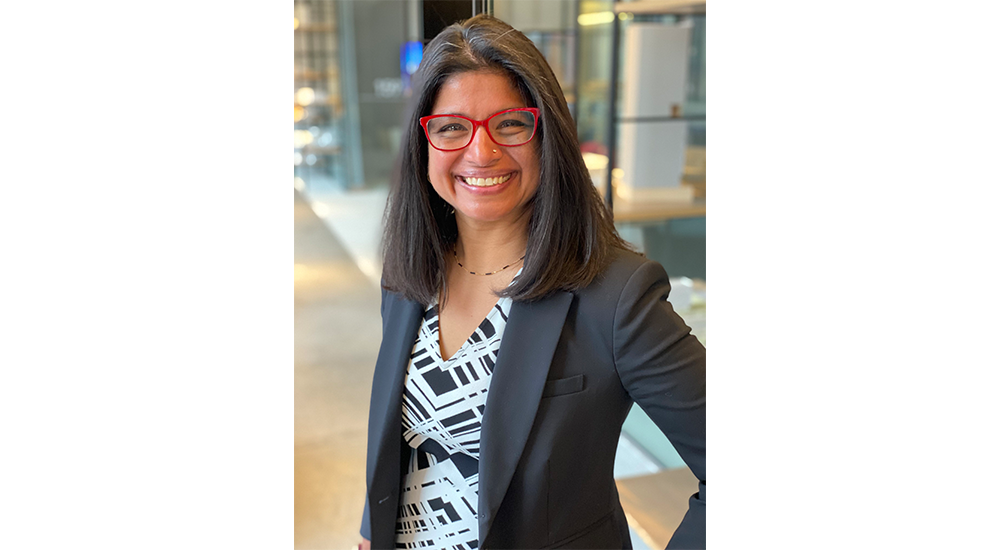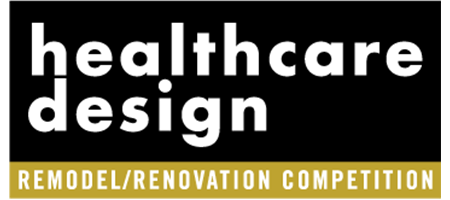
Heena Santry (Headshot credit: Courtesy of Tim Santry)
In this series, Healthcare Design asks leading healthcare design professionals, firms, and owners to tell us what has their attention and share their ideas on the subject.
Heena Santry is a healthcare principal at Arcadis, a global design, engineering, and consultancy company based in Amsterdam.
Here, Heena shares her thoughts on the healthcare-built environment as a cultural reflection, economic engine, and driver of social change.
- Economic, social impacts of regional hospital closures
Hospital closures, particularly in rural areas, exacerbate health inequities. With longer travel distances for medical and behavioral healthcare, people may delay cancer screening, forego prenatal care, and “self-medicate” with illicit drugs.
However, it isn’t just patients who suffer. Losing what is often the leading employer in the region results in job losses in construction, supply chain, food service, patient transport, environmental services, and clinical roles. Local businesses that rely on hospital traffic lose customers, too. Whole communities experience the socioeconomic risk factors that drive 75-80 percent of adverse health outcomes.
The ripple effects of hospital closures go far beyond the loss of local clinical services.
- Intersection of culture and healing
Acknowledging the intersection of culture and healing in the built environment means engaging local community members in the design process—allowing them to influence the aesthetics, layouts, and workflows—in a way that aligns with cultural beliefs about illness and healing.
Interior designers of a medical clinic might curate artwork from local artists whose work reflects the community’s unique sociocultural background. Medical planners might design waiting areas to accommodate cultures where multigenerational support is paramount during health crises. Such design choices signal that providers value and understand patients’ backgrounds, putting them at ease when they are already experiencing the stress of a health concern.
- Urban design through a healthcare lens
Only 20-25 percent of health outcomes stem from hospital or clinic care, according to the American Health Information Management Association (Chicago). The environments where we live, work, and play have a far greater impact on our health. Imagining cities through a lens that brings clarity to the biomedical and psychosocial drivers of health outcomes will have an impact on our well-being.
Designing healthy cities requires collaboration among urban planners, landscape architects, and architects specializing in workplace, commercial, and civic spaces. Infrastructure that promotes walkability, green spaces, and efficient transit can address asthma triggers, unhealthy eating, and economic barriers tied to homelessness, fostering healthier urban environments.
- Healthcare’s role in supportive housing
Individuals with serious mental illness often struggle with education, employment, and independent living, which can lead to housing instability, substance abuse, and incarceration. Thoughtfully designed supportive housing communities, backed by local governments, health systems, and philanthropists, can integrate therapy, chronic care, life skills training, job preparation, and case management services needed by this vulnerable population.
Architects with expertise in behavioral health, medical offices, housing, and urban planning can come together to create a neighborhood-like clinical environment far removed from psychiatric hospitals of the past.
- Connecting with communities through planning and design
When communities mistrust the local health system, people will seek care elsewhere and local business and civic leaders will be less supportive. To help address this, project teams and hospital leaders need to imagine how a healthcare building can also support the local population’s health in non-revenue-generating ways.
For example, a lobby café can double as a healthy eating demonstration kitchen; a community garden can provide a source of nutritious food; and welcoming walking paths can serve as activity centers.
The first step is to foster trust during the design process by listening to external stakeholders’ recommendations on which resources will best serve the specific community needs.
Want to share your Top 5? Contact Managing Editor Tracey Walker at [email protected] for submission instructions.













